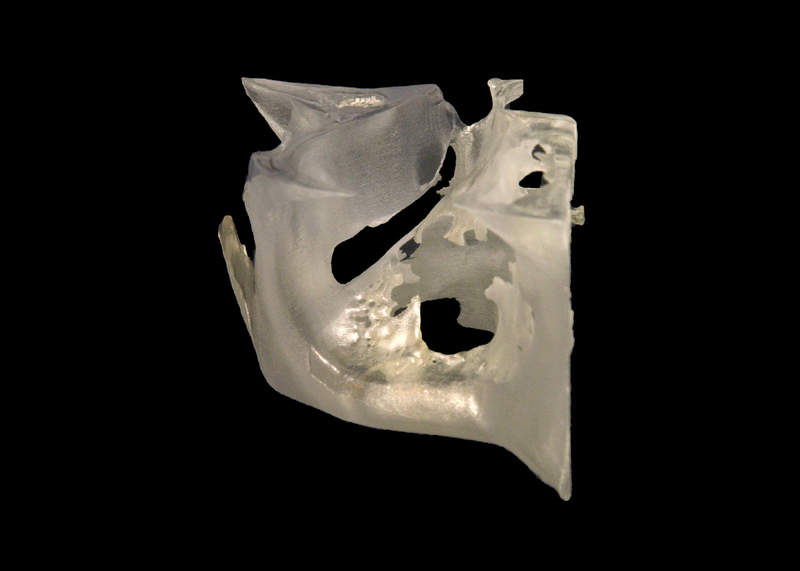
The University Hospital Basel in Switzerland has reported that a Stratasys 3D printer has helped with reducing the time taken to perform complex cranio-maxillofacial surgeries.
Stratasys is a US-based 3D printers and production systems manufacturer. With the company’s 3D printed surgical guides, surgeons at the university hospital Basel were able to cut down surgery time by more than 33%.
The reduced time minimised the risk of complications and improved patient outcomes. The hospital added that use of Stratasys Objet30 Prime 3D Printer led to savings of CHF2,000 ($2,062) per surgery.
University Hospital Basel Cranio- and Maxillofacial Surgery department Dr Florian Thieringer said: “Many of our trauma patients arrive with complex, life-threatening injuries that necessitate the creation of quick and efficient treatment plans.
“Having access to in-house 3D printing on-demand has simply revolutionised the way we work, most notably for cranio-maxillofacial injuries.”
The hospital used 3D printed models to plan any interventions and implants required during the surgery. Thieringer said that these models were relatively more helpful in cases of orbital floor and serious zygomaticomaxillary complex fractures.
How well do you really know your competitors?
Access the most comprehensive Company Profiles on the market, powered by GlobalData. Save hours of research. Gain competitive edge.

Thank you!
Your download email will arrive shortly
Not ready to buy yet? Download a free sample
We are confident about the unique quality of our Company Profiles. However, we want you to make the most beneficial decision for your business, so we offer a free sample that you can download by submitting the below form
By GlobalDataSuch injuries restrict visibility and access, thereby increasing the risk of error. Commonly, the hospital team used titanium meshes to plan reconstructions for the surgery of these fractures.
However, titanium meshes require manual formation in the operating theatre in order to obtain an exact fit, which increases theatre time and costs.
The team said that Stratasys 3D printer now allows production of a patient-specific model before entering the operation theatre. The printing can be done within two hours of receiving the CT scan.
Thieringer noted: “With the highly-accurate 3D printed models, standard titanium implants can be shaped individually to create a hybrid patient-specific implant.
“This reduces any cutting and suture time needed during the operation and also reduces the need to source patient-specific titanium implants from external suppliers.”
The 3D printing of accurate anatomical models is said to also enable better explanation of procedures to patients, putting them more at ease prior to surgery.


